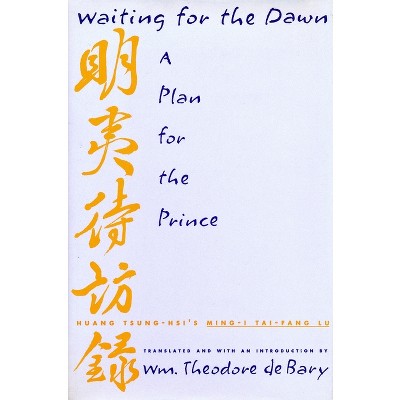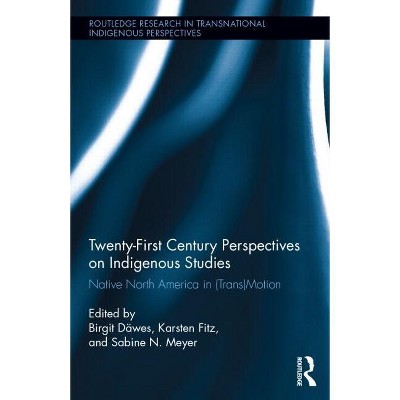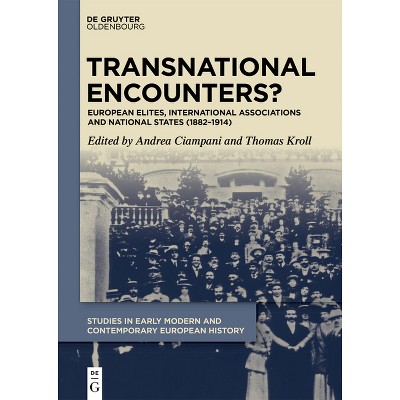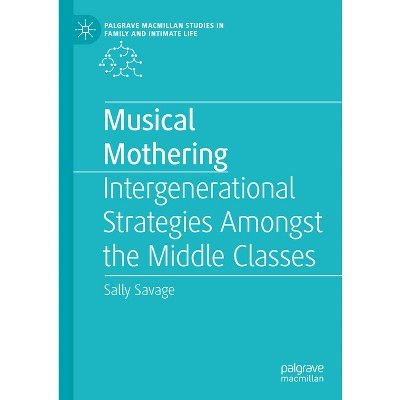Sponsored

Transnational and Transatlantic Perspectives on the Balkans, 1850-1918 - (Palgrave MacMillan Transnational History) by Eva Tamara Asboth (Hardcover)
In Stock
Sponsored
About this item
Highlights
- This book considers the position and historiography of the western Balkans in modern Europe.
- About the Author: Dr. Eva Tamara Asboth is a historian and a communication scientist.
- 319 Pages
- History, Europe
- Series Name: Palgrave MacMillan Transnational History
Description
Book Synopsis
This book considers the position and historiography of the western Balkans in modern Europe. It challenges the linear narrative that the region was 'Europeanised' in the twentieth century - that is, brought into a wider fold of European countries through political, social and cultural exchanges. Instead, it develops the concept of a 'European Orient' to highlight how the position of the western Balkans shifted in the European imagination during this period. It investigates specific examples of cultural encounters involving travellers and migrants between South-east Europe and the West, and situates these developments in the context of nineteenth- and twentieth-century geopolitics. In doing so, it shows how European scholars as well as US-migrants from South-east Europe constructed a historiography of the region, and will be of interest to historians interested in the Balkans in particular and south-eastern Europe in general.
From the Back Cover
This book considers the position and historiography of the western Balkans in modern Europe. It challenges the linear narrative that the region was 'Europeanised' in the twentieth century - that is, brought into a wider fold of European countries through political, social and cultural exchanges. Instead, it develops the concept of a 'European Orient' to highlight how the position of the western Balkans shifted in the European imagination during this period. It investigates specific examples of cultural encounters involving travellers and migrants between South-east Europe and the West, and situates these developments in the context of nineteenth- and twentieth-century geopolitics. In doing so, it shows how European scholars as well as US-migrants from South-east Europe constructed a historiography of the region, and will be of interest to historians interested in the Balkans in particular and south-eastern Europe in general.
About the Author
Dr. Eva Tamara Asboth is a historian and a communication scientist. She works as a postdoc researcher at the Institute for Comparative Media and Communication Studies (CMC) at the Austrian Academy of Sciences in Vienna. She is a lecturer in the Department of Media and Communications at the University of Klagenfurt and teaches Historical Anthropology at Sigmund Freud University Vienna. Her research areas are historical communication and memory studies as well as transnational and digital history.
Shipping details
Return details
Frequently bought together
Trending Non-Fiction

















